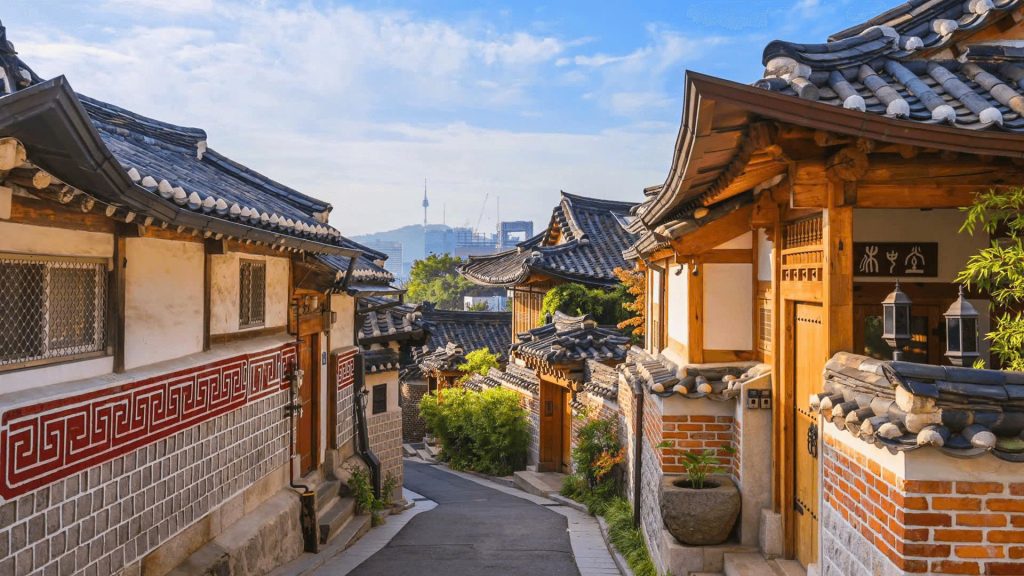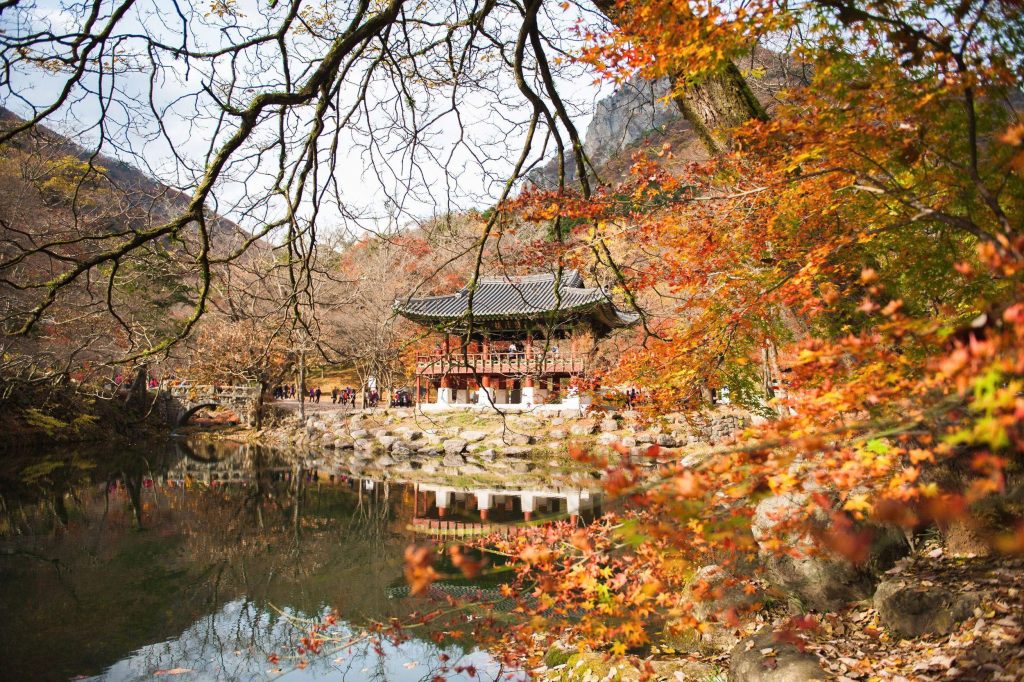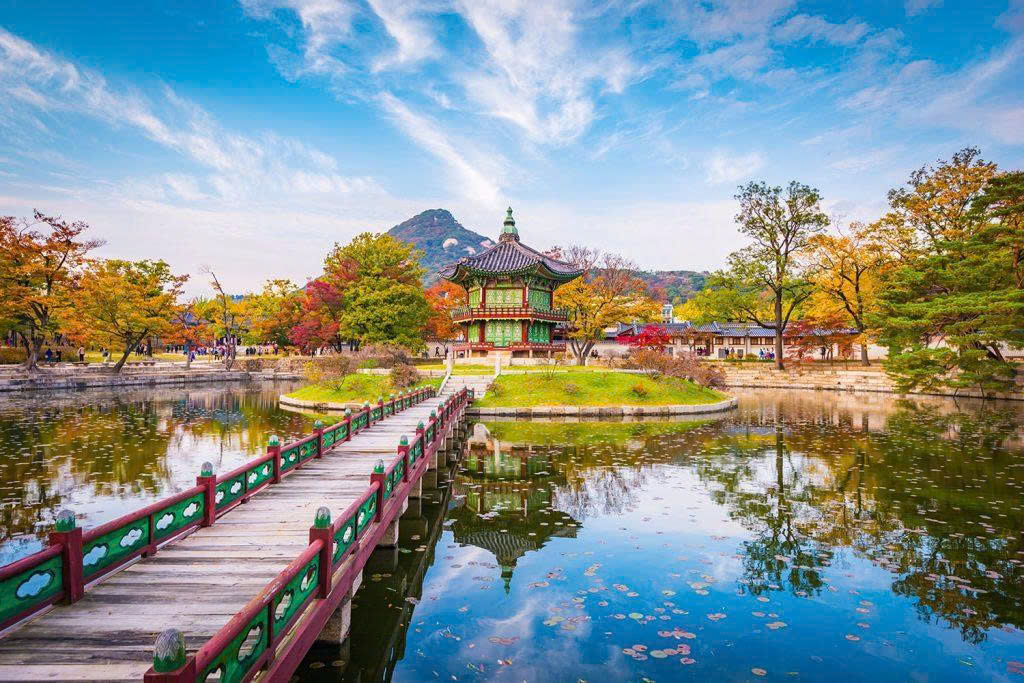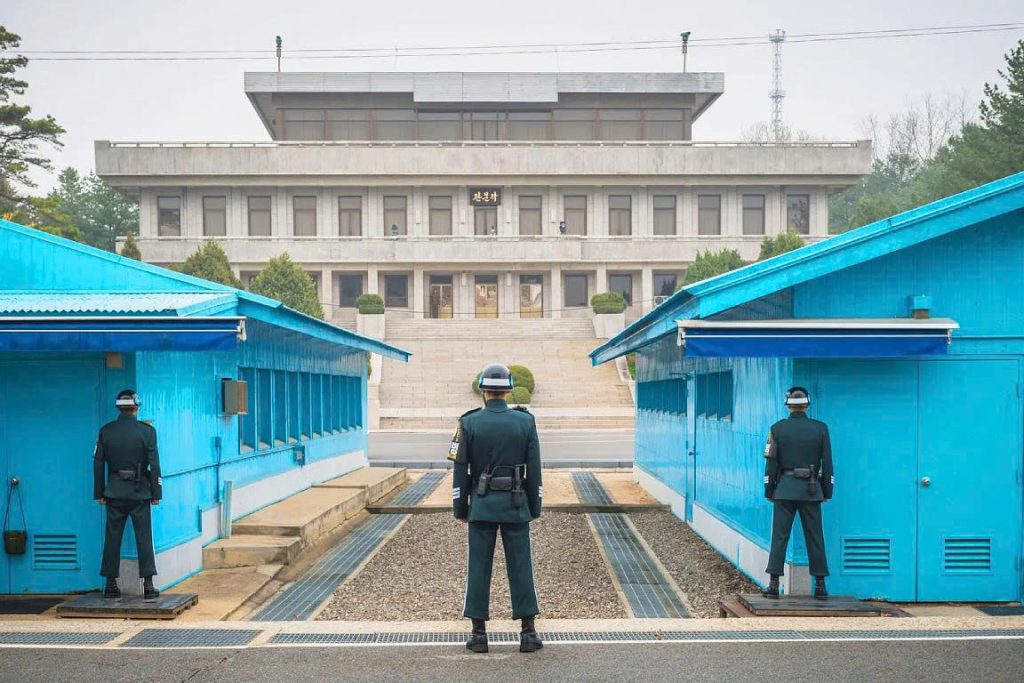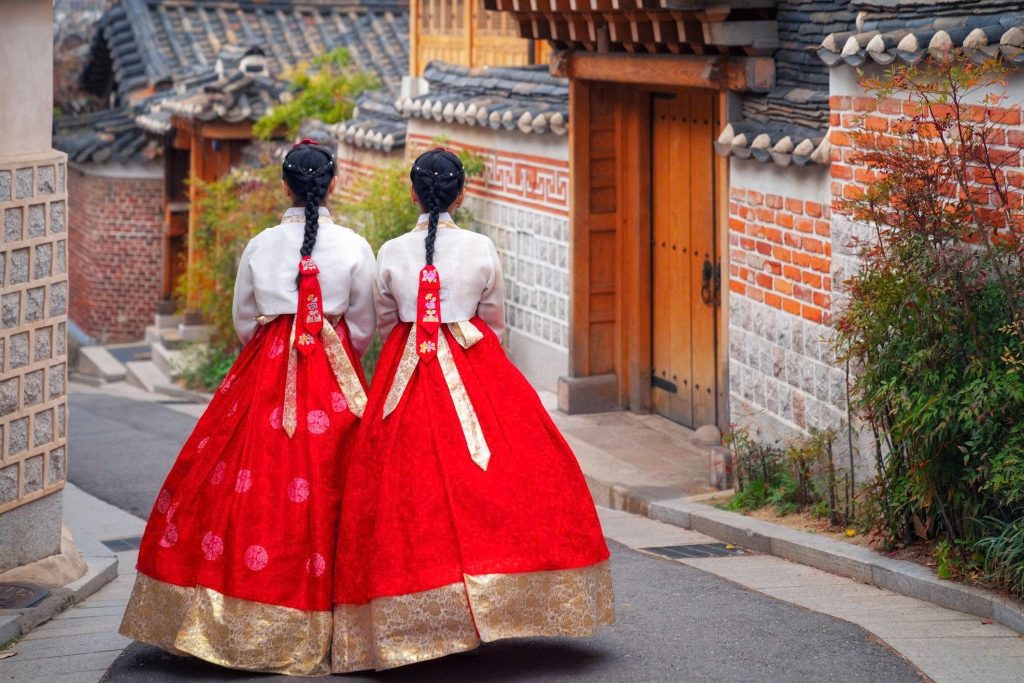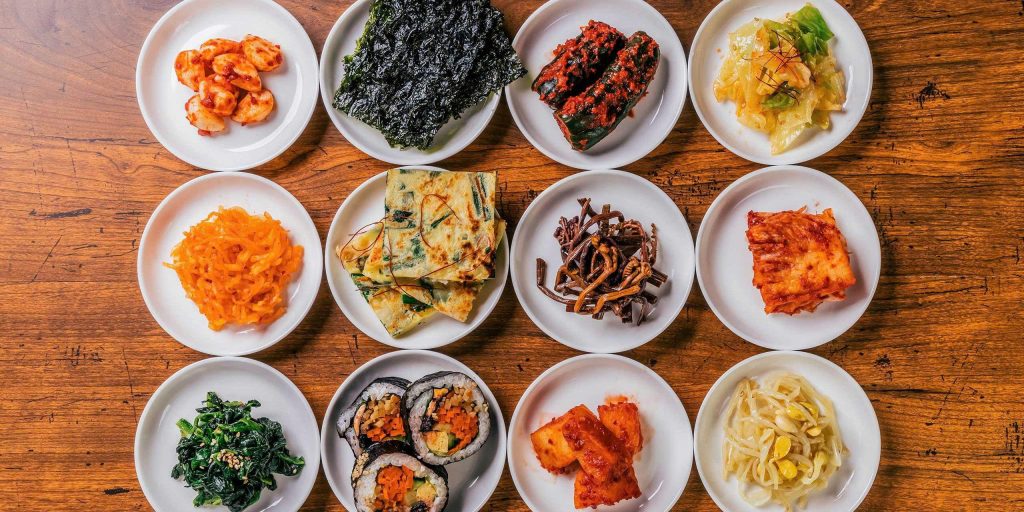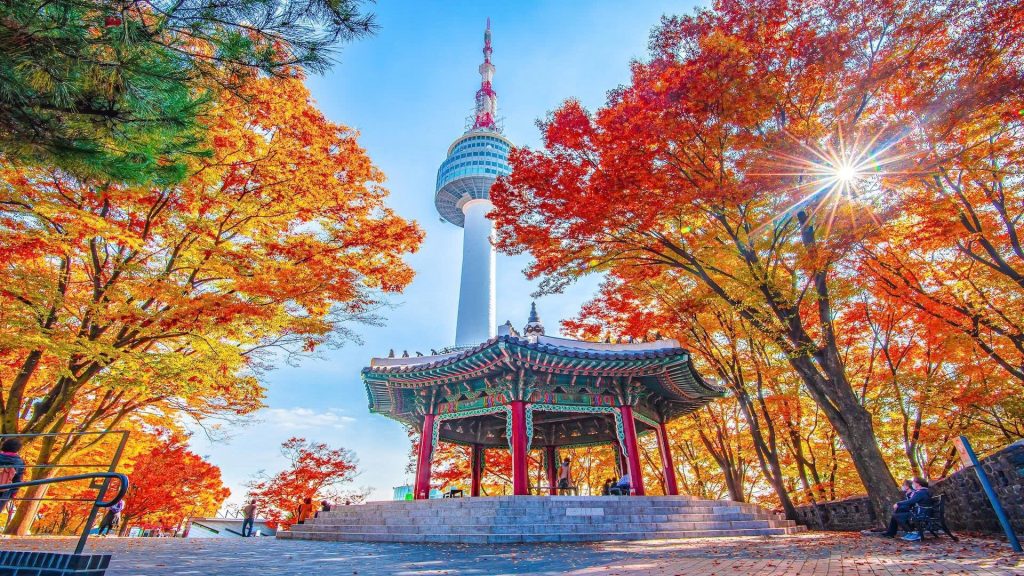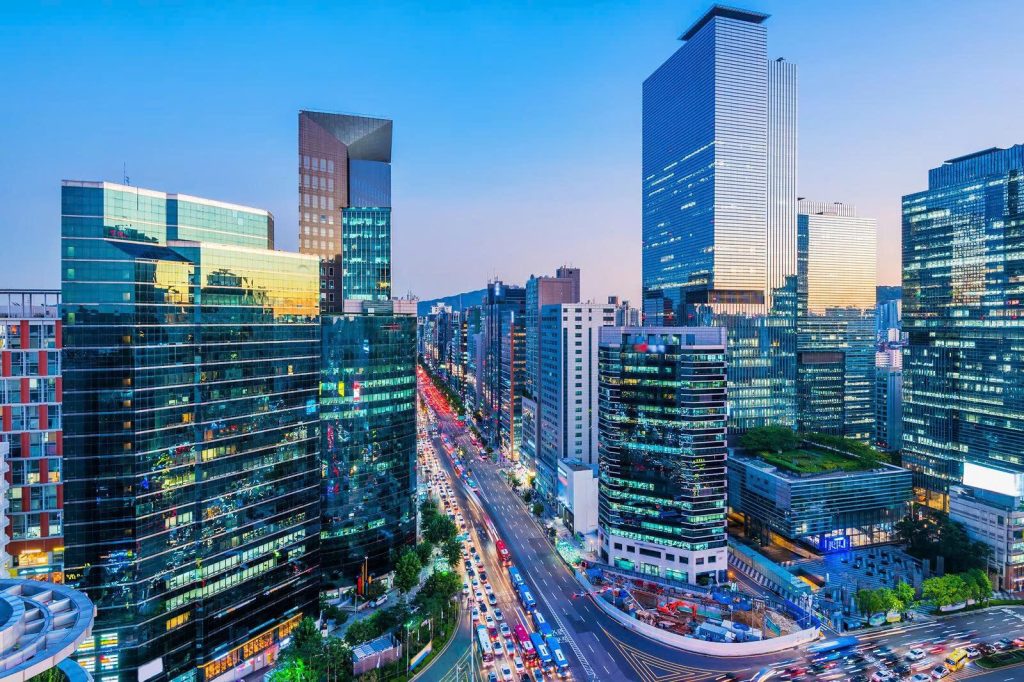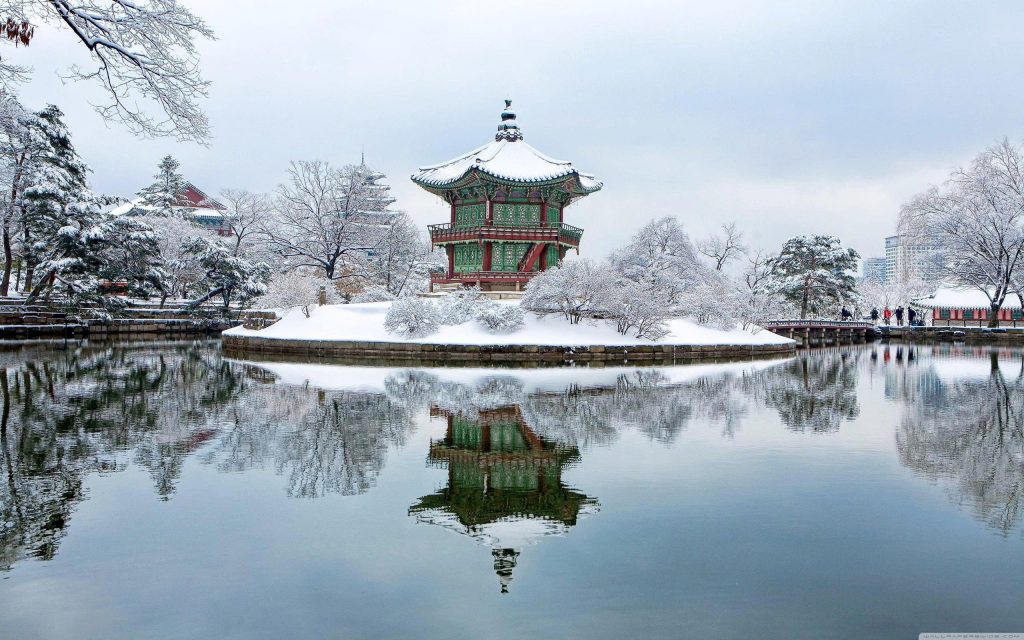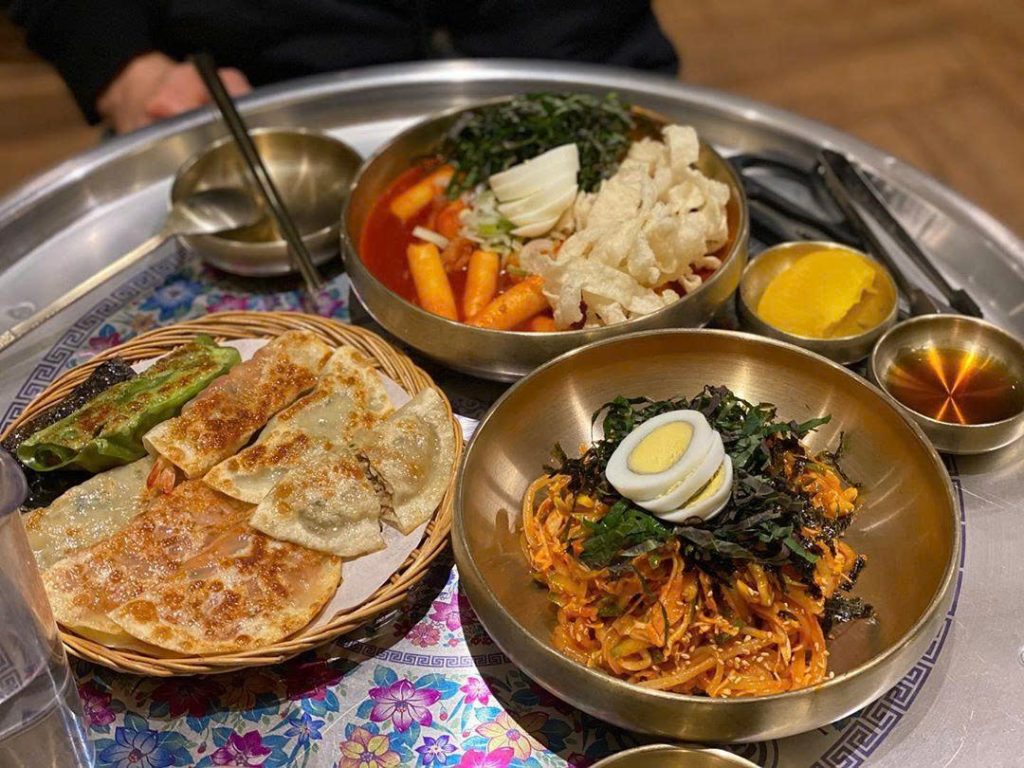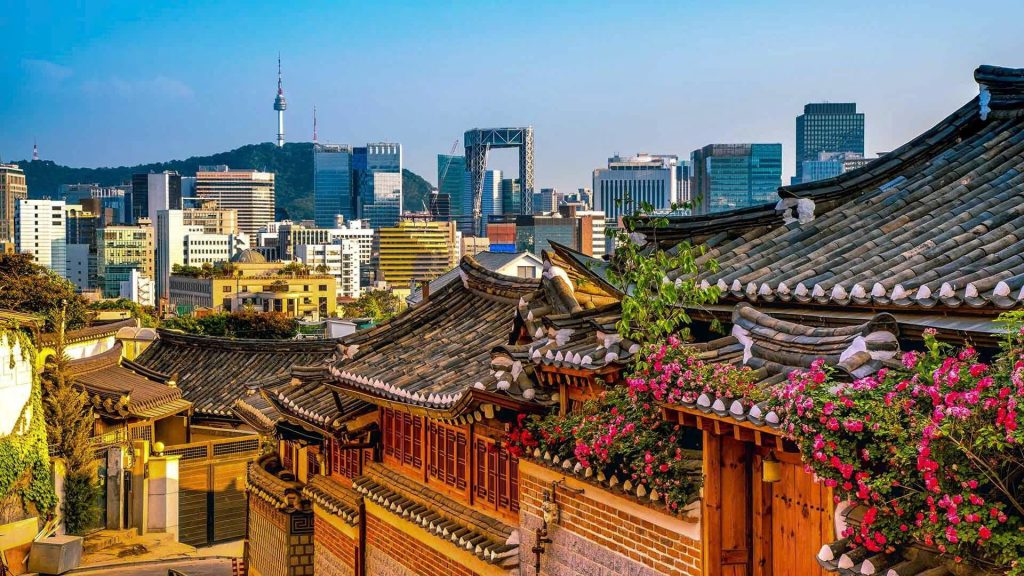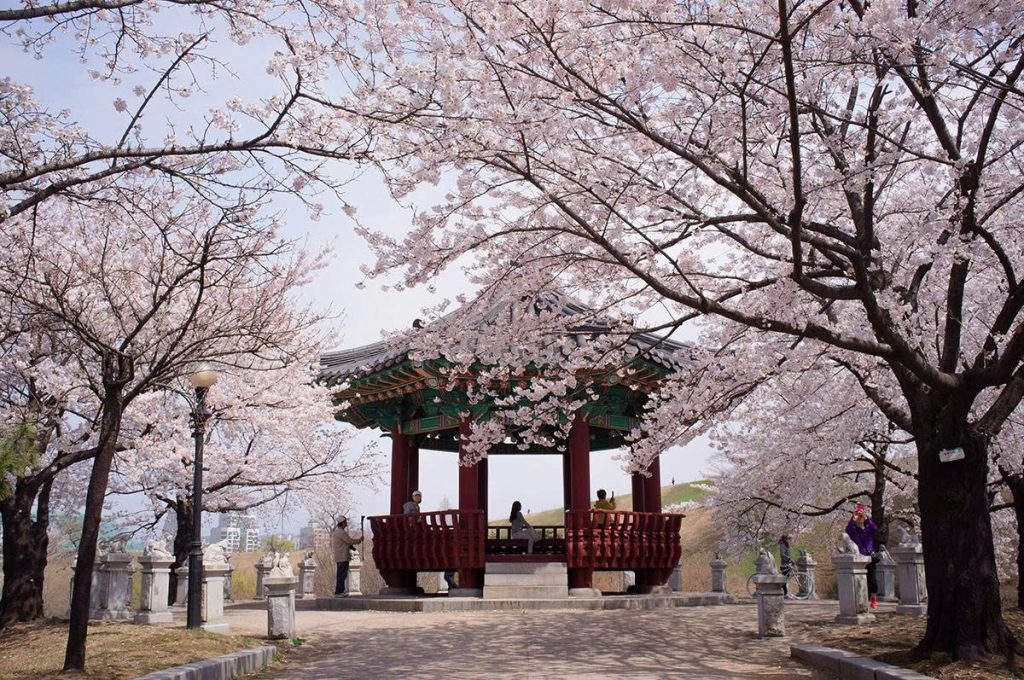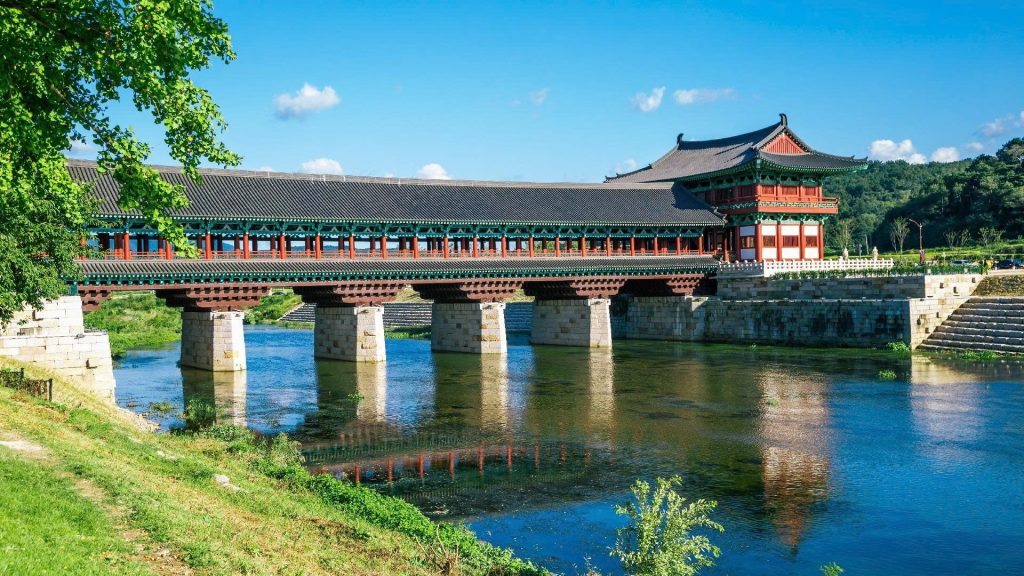If you’re searching for the definitive South Korea Travel Guide 2025 & 2026, you are demonstrating excellent foresight. You’re not just planning a vacation; you’re orchestrating an experience in a nation where 5,000 years of history seamlessly merges with hyper-modern innovation and where every year brings subtle yet significant changes to the travel landscape.
In this article, we will cover every critical detail: from securing your entry documents and meticulously crafting your budget, to navigating the world-class Seoul transit system and finding the best hidden gems in Busan and Jeju Island. Whether you’re a K-Pop devotee, a history buff, or a devoted foodie, this guide will unlock the Land of Morning Calm with total confidence and authority.
1. Securing Entry – Visa Policy & Essential Documentation
Getting into South Korea smoothly begins and ends with proper documentation. Due to the dynamic global environment, rules for 2025 and 2026 must be treated as fluid. Never assume previous requirements still apply.
Crucial Visa Policy Updates for 2025 & 2026

The single most important document for many international visitors remains the K-ETA (Korean Electronic Travel Authorization). Its mandate and temporary exemptions are frequently reviewed and updated by the Ministry of Justice.
K-ETA: Exemption, Application Process, and Validity
The K-ETA is a mandatory online travel authorization for nationals of visa-waiver countries. While the government has extended temporary exemptions for certain high-tourism nations throughout 2025, travelers must not rely on these exemptions continuing into late 2025 or 2026. A sudden policy reversal could ground your trip.
The Application Process
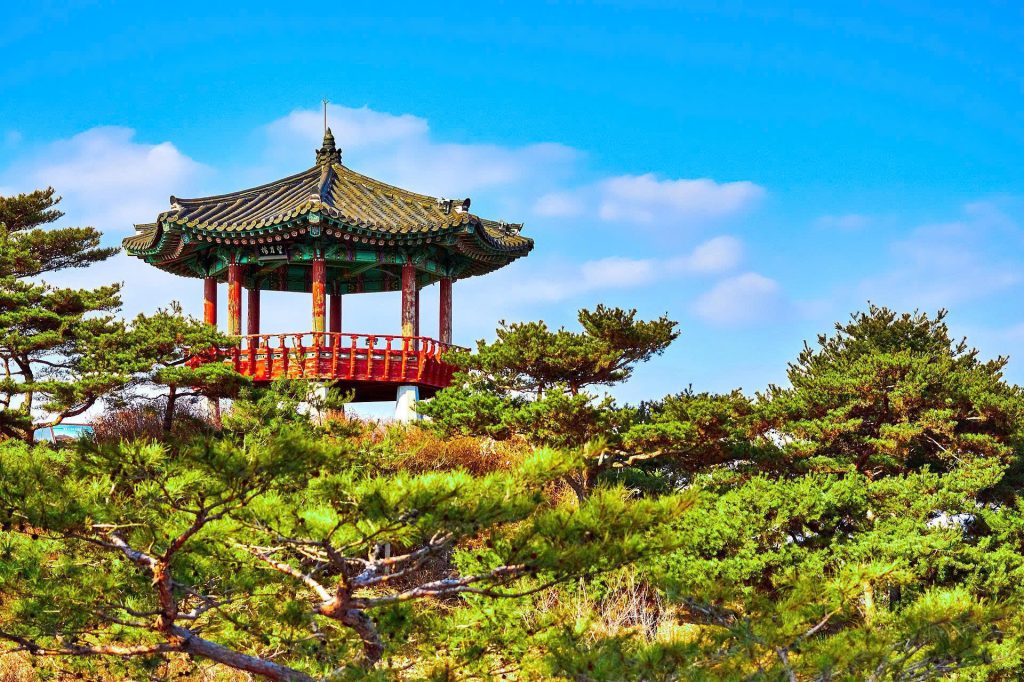
- Access ONLY the official K-ETA website or app. Third-party sites often charge exorbitant fees and provide no added value.
- Enter Personal Data: Be meticulous. Ensure your passport details, email address, and facial photograph (no glasses, clear background, recent) meet the strict criteria. A common rejection reason is a poor-quality photo.
- Purpose of Travel: Specify “Tourism” and clearly articulate your itinerary. Inconsistent or vague answers can trigger manual review.
- Accommodation & Contact: Provide the confirmed address and contact number of your first night’s stay in Seoul or your arrival city. Showing a definite plan improves your application’s standing.
- Fee Payment: The fee (currently around 10,000 KRW, non-refundable) must be paid via credit card.
- Processing Time and Best Practice: While approval can take as little as 24-48 hours, always apply at least two weeks before your flight. This buffer allows you time to correct any errors or, in the worst-case scenario, apply for a C-3-9 visa if rejected.
Validity & Critical 2025/2026 Note: An approved K-ETA is typically valid for multiple trips over 2 or 3 years, allowing stays of up to 90 days depending on your nationality. Crucially, if your passport expires during this period, your K-ETA immediately becomes invalid.
Standard Tourist Visa (C-3-9) Requirements
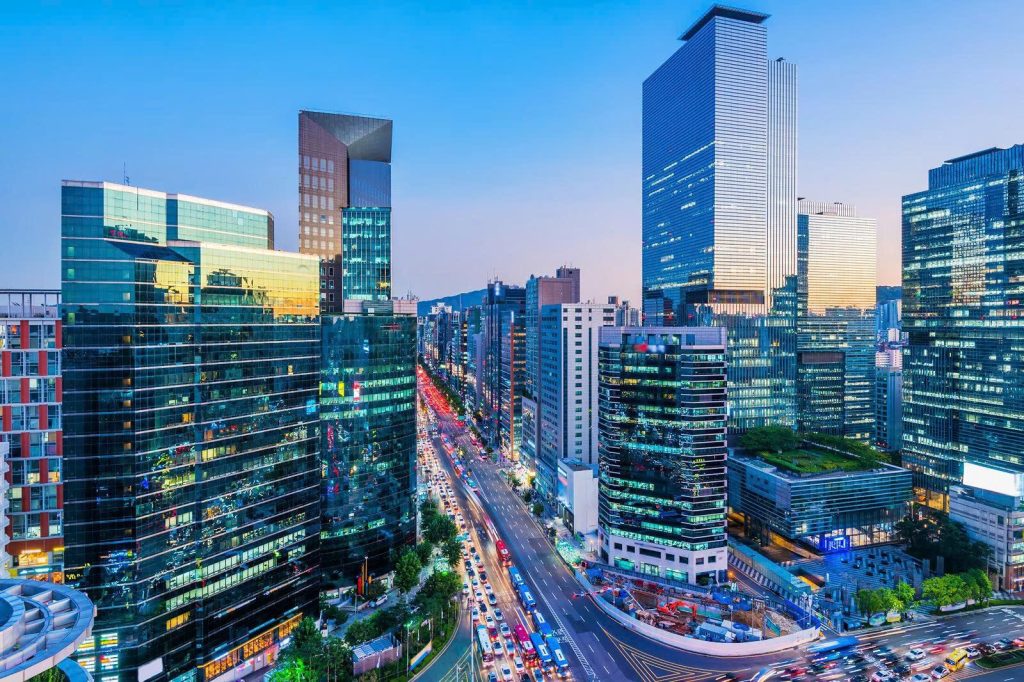
For travelers from nations not covered by the waiver or K-ETA, the C-3-9 Tourist Visa remains the required path. This process is handled by the Korean Embassy or Consulate in your home country and is more intensive.
Documentation and Rationale for Review
- Proof of Financial Stability: The Embassy requires detailed bank statements (usually for the last six months) demonstrating sufficient funds to cover your entire stay plus a substantial buffer. This serves as proof that you are not seeking illegal employment.
- Employment/School Documentation: A formal, signed letter from your employer or school confirming your current status and expected return date. This proves strong ties to your home country.
- Detailed Itinerary and Flight Reservations: A confirmed, detailed day-by-day plan of your stay, including confirmed accommodation bookings. Vague plans are often seen as a red flag, indicating an uncertain purpose.
Passport, Health, and Customs Procedure
Required Validity of Passport and Q-Code Registration
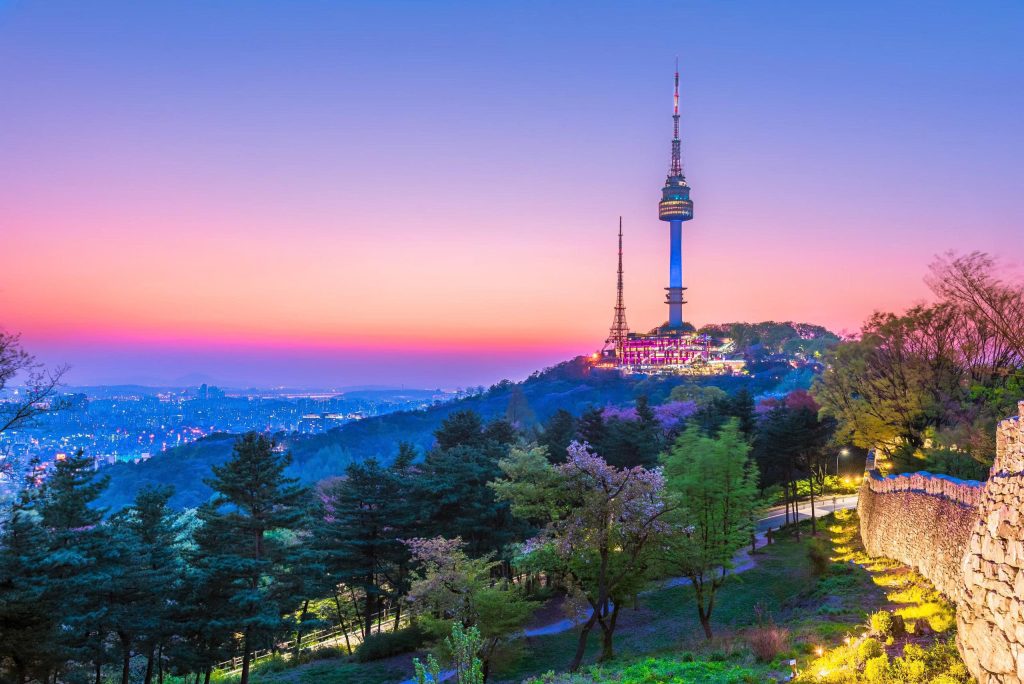
It is a non-negotiable rule that your passport must be valid for at least six months beyond your intended departure date from South Korea. An expired or near-expired passport will result in denied boarding by your airline.
While mandatory testing has been lifted, South Korea utilizes the high-tech Q-Code system (a QR code registration service for health declarations). We recommend filling this out online before you board, as having the Q-Code prepared significantly speeds up your passage through the usually efficient immigration lines at Incheon International Airport (ICN).
Customs and Strictly Prohibited Items
Korean customs are exceptionally strict, often utilizing advanced technology to enforce laws. A smooth entry through ICN requires knowledge of the following restricted entities:
- Medication: If traveling with prescription drugs, particularly those containing narcotics or controlled substances (e.g., strong ADHD medication, certain pain relievers), you must carry the original prescription, a letter from your prescribing doctor, and often require pre-approval from the Korea Ministry of Food and Drug Safety. Failure to do so can lead to immediate confiscation and legal issues.
- Food: Strict quarantine laws prohibit raw meats, unprocessed agricultural products, and many forms of dairy. When in doubt, declare it.
- E-Cigarettes/Vaping: South Korea has stringent limits on the quantity of nicotine liquid and devices you can bring in for personal use. Check the current limits before packing.
2: Mastering Your Budget – Costs and Financial Planning
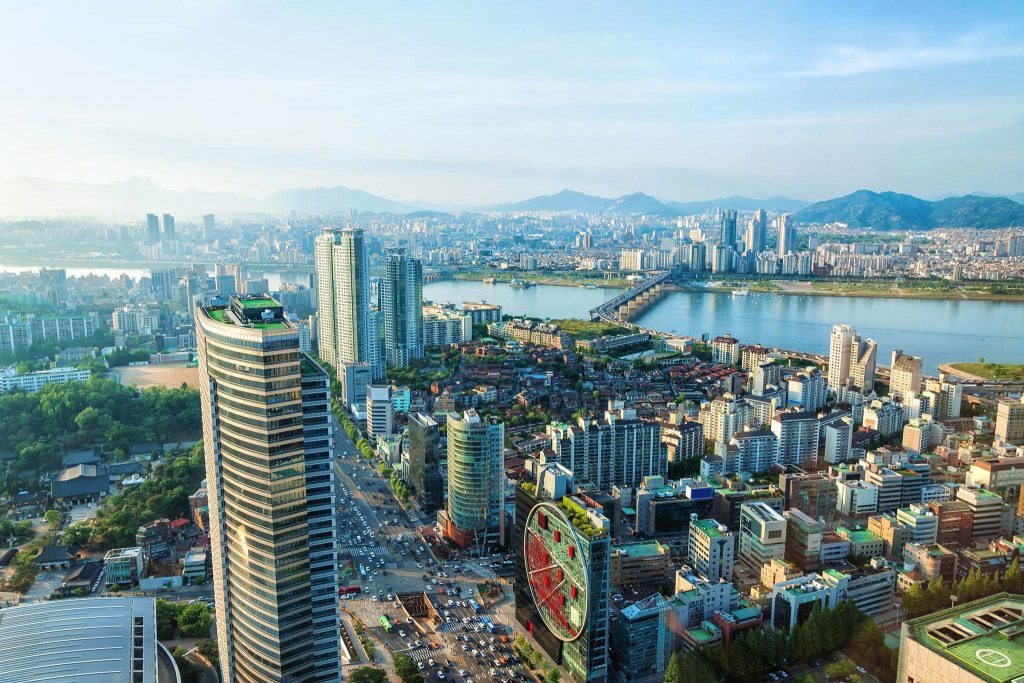
This section directly answers the user’s “Costs” intent. We provide a realistic, itemized breakdown, accounting for estimated inflation in 2025/2026 and current currency fluctuations. The national currency is the Korean Won (KRW).
Detailed Breakdown of a 7-Day Trip Cost
The following estimate excludes international flights, visa fees, and any major shopping expenditures. It provides a daily rate and a total for a popular 7-day trip focused on Seoul and one other city (e.g., Busan or Jeonju).
| Category | Budget Tier (Daily/7 Days) | Mid-Range Tier (Daily/7 Days) | Luxury Tier (Daily/7 Days) |
| Accommodation | 30,000 KRW/210,000 KRW | 85,000 KRW/595,000 KRW | 250,000 KRW/1,750,000 KRW |
| Food & Dining | 40,000 KRW/280,000 KRW | 65,000 KRW/455,000 KRW | 120,000 KRW/840,000 KRW |
| Local Transport | 8,000 KRW/56,000 KRW | 10,000 KRW/70,000 KRW | 15,000 KRW/105,000 KRW |
| Activities & Entry | 5,000 KRW/35,000 KRW | 20,000 KRW/140,000 KRW | 45,000 KRW/315,000 KRW |
| Total (7 Days) | 581,000 KRW (~$430) | 1,260,000 KRW (~$935) | 3,010,000 KRW (~$2,230) |
| Note: Exchange rate estimated at 1,350 KRW/USD for planning purposes. |
Flights, Inter-city & Local Transportation
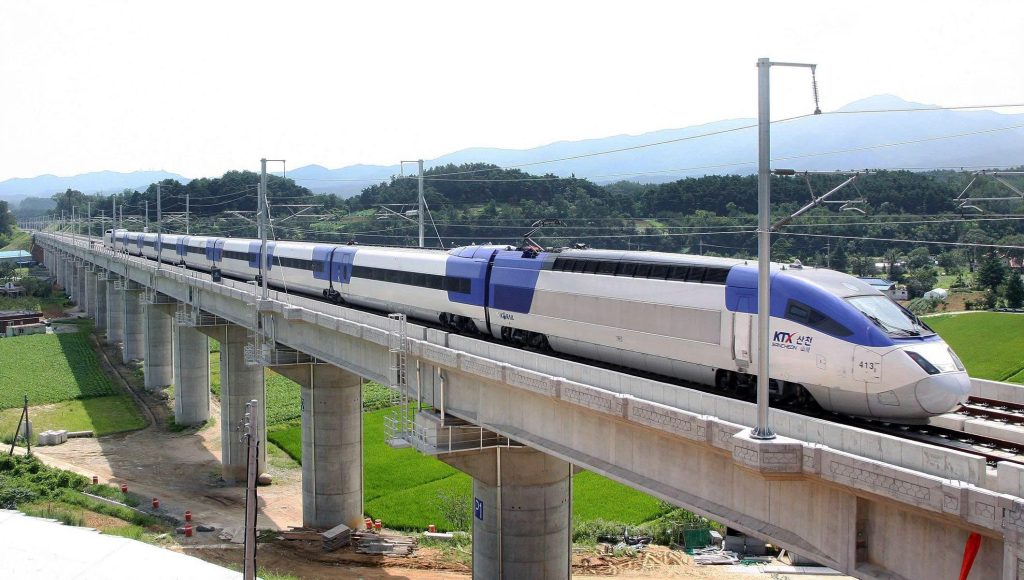
Inter-city Travel: The KTX (Korea Train eXpress) high-speed rail network is your most efficient way to travel between major cities.
- Seoul to Busan: Approx. 60,000 KRW one-way (2.5 hours).
- Seoul to Gyeongju: Approx. 49,000 KRW one-way.
- The Korail Pass: If you plan to visit three or more major cities, purchasing the Korail Pass (available exclusively to foreigners) is almost always cheaper than buying individual tickets.
Local Transport: The T-Money card is an absolute necessity. It is the rechargeable transportation card accepted across subways, buses, taxis, and convenience stores in over 95% of the country. Purchase it upon arrival at any convenience store for about 4,000 KRW and load it with 50,000 KRW to start.
Accommodation: Hanok Stays vs. Modern Hotels
Korean lodging is highly specialized:
- Hotels/Hostels: Hongdae (Seoul) offers budget and youth-focused lodging. Myeongdong is central but slightly pricier. Gangnam is the luxury business district.
- Traditional Hanok Stays: Located primarily in Bukchon Hanok Village (Seoul) and Jeonju. These offer deep cultural immersion but are generally mid-range to luxury priced. Be prepared for the traditional yo (thin mattress) on a heated ondol (floor) and a very early quiet hour.
RELATED: The Ultimate 7-Day Seoul & Busan Itinerary: A Traveler’s Guide
Food & Dining Costs
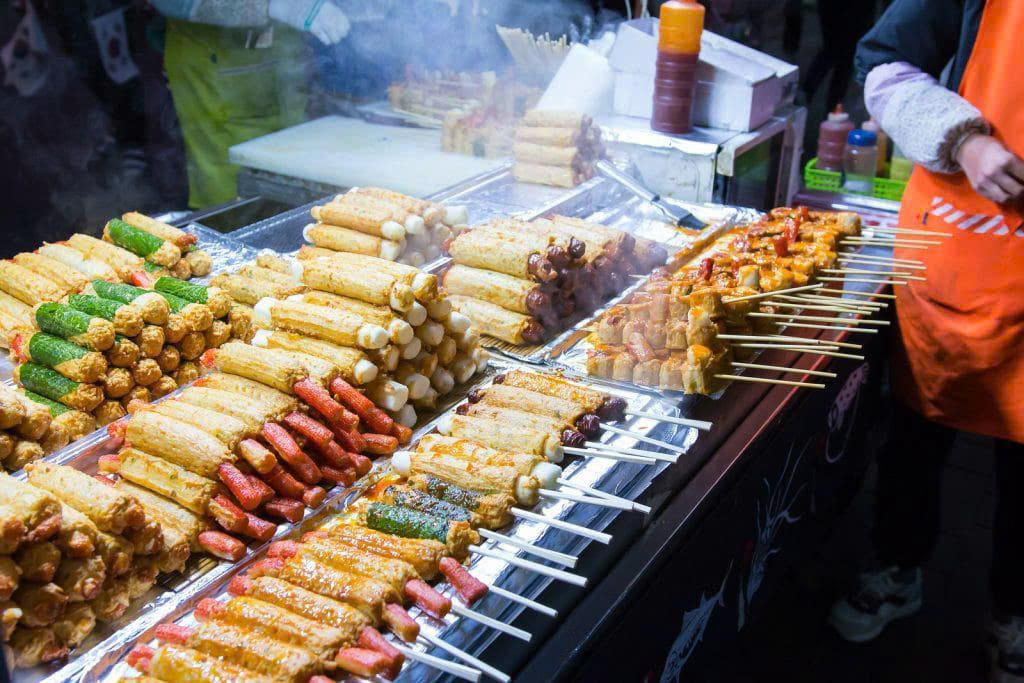
Korean food is excellent value and incredibly diverse.
- Street Food (Gukmul Tteokbokki, Hotteok): 3,000–7,000 KRW per item. Look for clusters in Myeongdong or Gwangjang Market.
- Mid-Range Dining (Kimchi Jjigae, Budae Jjigae): Expect 12,000–25,000 KRW per person.
- K-BBQ (Korean Barbecue): Prices vary widely. Expect to pay at least 15,000–25,000 KRW per serving of meat.
RELATED: Top 15 Must-Try Korean Dishes You Can’t Miss: K-Food Journey
Financial Essentials and Smart Payment Methods
Best Practices for Exchanging Korean Won (KRW)
Tip: Avoid exchanging money at Incheon Airport. The rates are significantly worse.
- Best Locations: Licensed money exchange booths in high-traffic commercial areas like Myeongdong or Dongdaemun. They consistently offer better retail rates than banks.
- ATMs: ATMs with the “Global” or “Visa/Mastercard” logos are common. When using an ATM, always decline the ATM’s Dynamic Currency Conversion (DCC) and choose to be charged in KRW for the better interbank exchange rate.
Connectivity & Mobile Payments
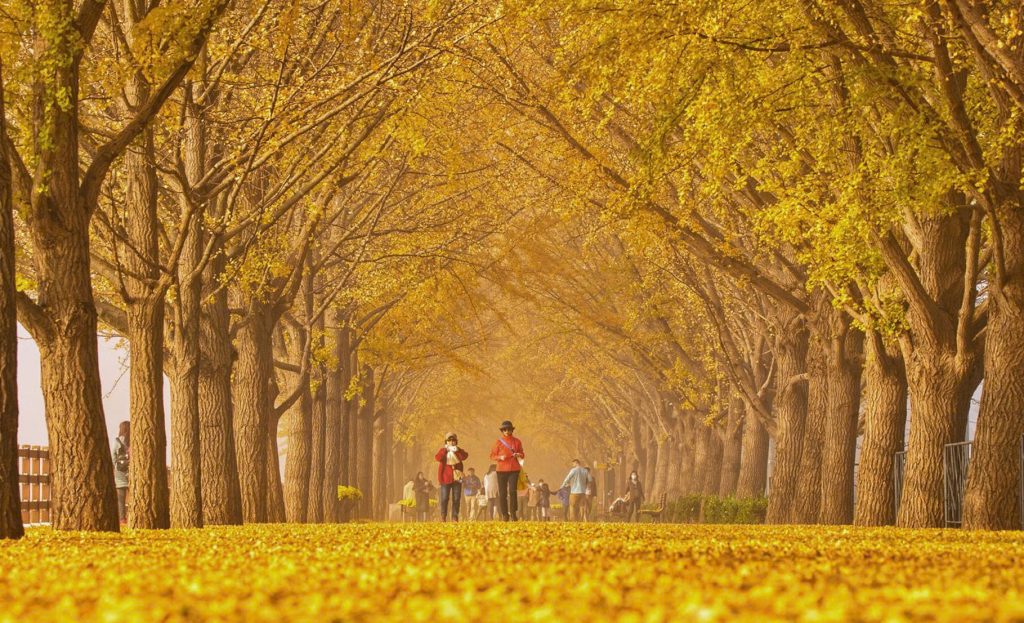
Korean society is among the most digitized globally.
- Credit/Debit Cards: Most international Visa and Mastercard are accepted everywhere, from small convenience stores to taxis. It’s rare to find a place that is cash-only outside of very remote areas or traditional markets.
- Contactless Payment: While local services like Naver Pay and Kakao Pay are ubiquitous, they are difficult for short-term tourists to set up. Rely on your physical chip-enabled card and the T-Money card.
RELATED: South Korea on a Budget: The Ultimate Backpacking Guide
Crafting the Perfect Itinerary – When and Where
This section taps directly into the traveler’s desire for the “best experience.” The calendar year in Korea offers distinct and beautiful entities.
3. Best Time to Visit Korea for Optimal Experience
Timing your trip is critical. Your purpose of travel should dictate your timing.
Seasonal Highlights: Cherry Blossoms, Fall Foliage, and Monsoon
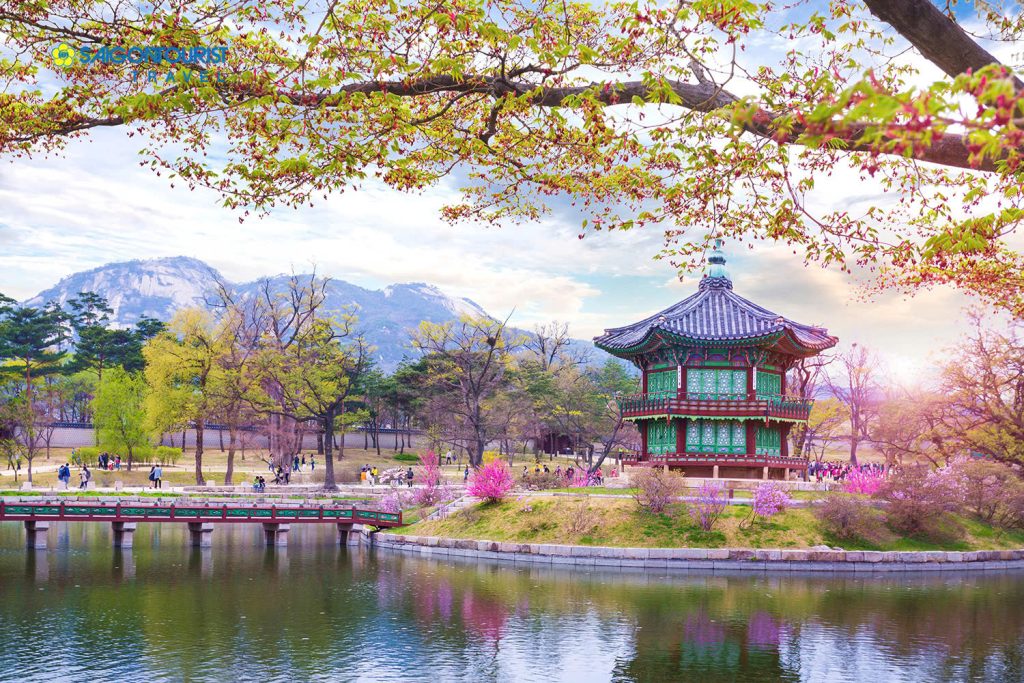
- Spring (March–May): Mild weather, ideal for walking. The focus is the Cherry Blossom Festivals (e.g., Jinhae, Yeouido Park). Tip: The peak bloom moves north from Jeju Island in late March up to Seoul in mid-April.
- Summer (June–August): High heat and humidity, characterized by the monsoon season (Jangma) in July. Highlight: The beaches of Busan (Haeundae) and the festivals.
- Autumn (September–November): Best overall season. Characterized by clear skies, crisp air, and the breathtaking Fall Foliage in places like Seoraksan National Park. This is the peak tourism season for a reason.
RELATED: Best Time to Visit to South Korea for Cherry Blossoms and Festivals
Major Festivals and Events in 2025 & 2026
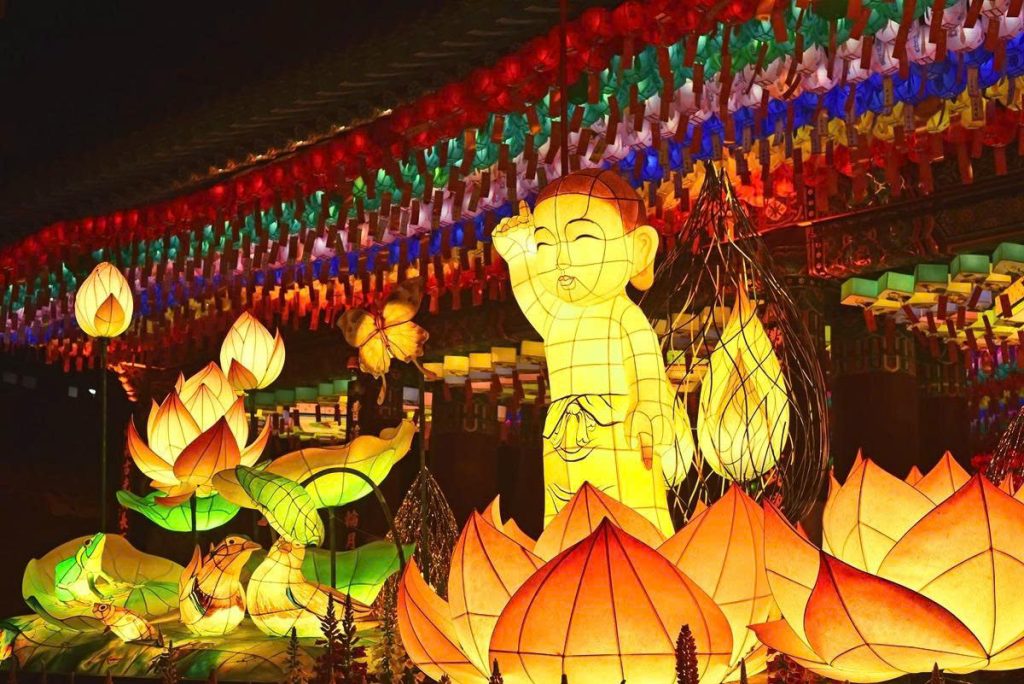
- Chuseok (Korean Thanksgiving): Occurs in late September or early October. This is the most disruptive holiday for travel. Avoid inter-city travel during this period, as Koreans travel en masse, causing KTX and bus routes to sell out weeks in advance.
- Lotus Lantern Festival (Yeon Deung Hoe): Usually May. An incredible spectacle of thousands of paper lanterns culminating in a massive parade in Seoul, celebrating Buddha’s birthday.
- Boryeong Mud Festival: Late July. A massive international festival known for its coastal mud-based activities.
RELATED: Ultimate Guide to Winter in Korea: Skiing, Spas, and More
4. Top Destinations: Beyond Seoul
While Seoul is the ultimate draw, the true depth of South Korea lies in its regional diversity, easily accessible via the KTX.
Seoul: Culture, K-Pop, and Palaces
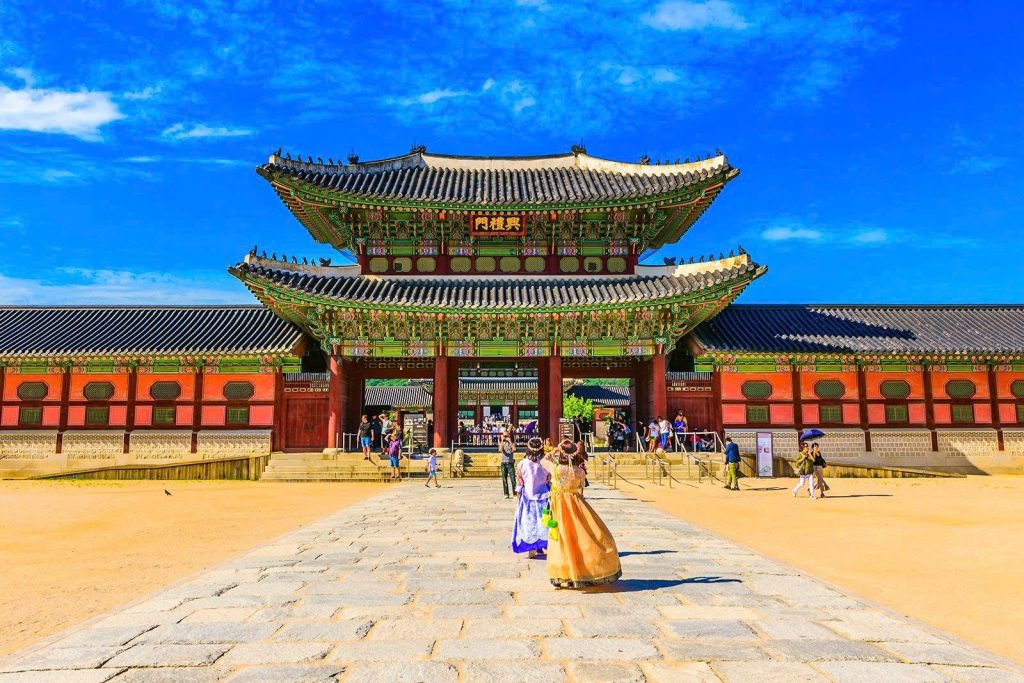
A focused mini-guide for Seoul is essential:
- History & Tradition: Spend a full day exploring the Five Grand Palaces. The Gyeongbokgung Palace is the largest. Follow this with a walk through the nearby traditional streets of Bukchon Hanok Village.
- K-Culture & Entertainment: The Gangnam district is synonymous with luxury and K-Pop agencies. Hongdae offers vibrant street art and indie culture near major universities.
- Shopping & Food: Myeongdong is the quintessential tourist shopping hub for cosmetics. Gwangjang Market is the historical food market for an authentic dining experience.
RELATED: 15 Top Things to Do in Seoul Koreas Vibrant Capital
Busan, Jeju, and Gyeongju: Regional Entities
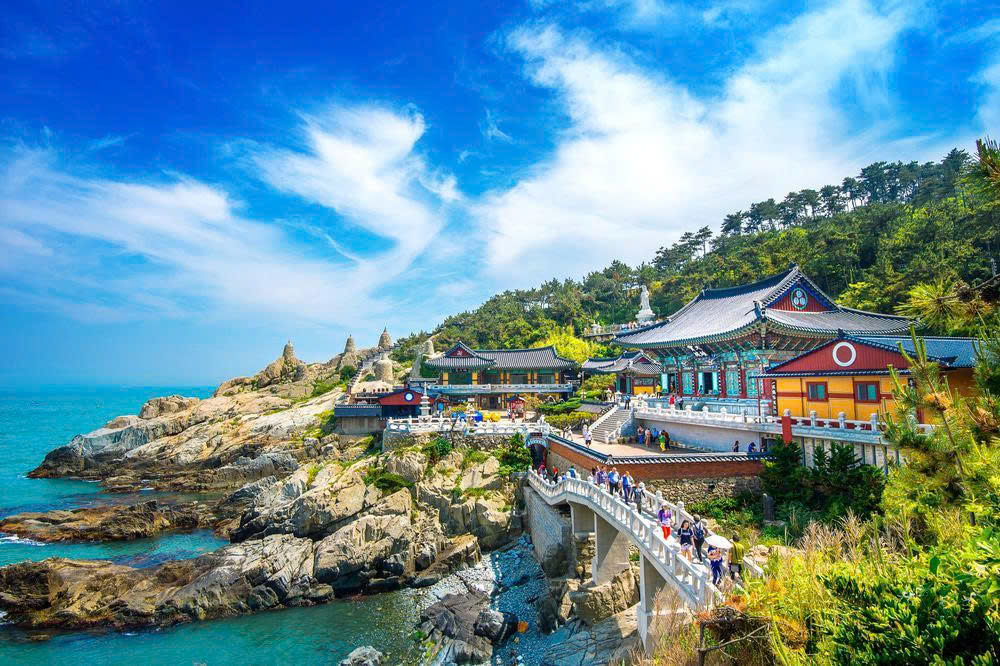
- Busan (The Second City): Located on the southeast coast. Known for Haeundae Beach and the vibrant hillside community of Gamcheon Culture Village.
- Jeju Island (The Volcanic Island): A UNESCO World Heritage Site known for its unique culture and nature. Must-See: Hike Hallasan National Park (the highest peak) and witness the unique Haenyeo (Sea Women) culture.
- Gyeongju: The ancient capital of the Silla Kingdom. Known as the “Museum Without Walls,” it’s replete with historical Entities like royal tombs and temples. A must for history buffs.
RELATED: Ultimate Guide to Jeju Island for Solo Travelers
4. Essential Tips & Local Hacks
Mastering Korean Transportation
Navigating the Seoul Subway and KTX Trains: The Seoul Subway is clean, fast, and extensive but requires a systematic approach.
- The T-Money Card is King: Ensure it is always topped up. Transfers within the subway/bus network are free or heavily discounted if completed within the time limit.
- Rush Hour Protocol: Avoid using the subway between 7:30 AM–9:30 AM and 5:30 PM–7:30 PM. If you must travel, avoid carrying large luggage and stand well clear of the doors.
Using Navigation Apps: Naver Map vs. KakaoMap
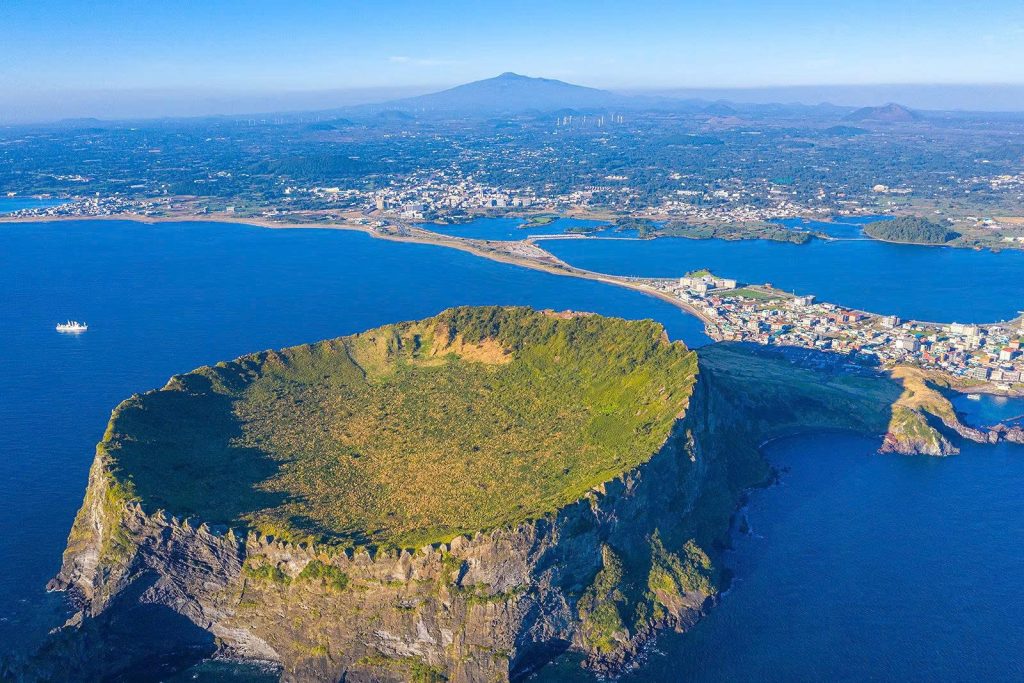
Due to national security restrictions, Google Maps does not provide reliable transit, walking, or driving navigation in South Korea. You cannot rely on it.
Tip: You must download and master a local app:
- Naver Map (Recommended): Generally considered the most accurate for public transportation and walking routes. It features an excellent, comprehensive English interface.
- KakaoMap: Also excellent, particularly for bus tracking and real-time traffic updates.
These local applications are essential entities that dictate the success of your day-to-day logistics.
Communication, Connectivity, and Etiquette
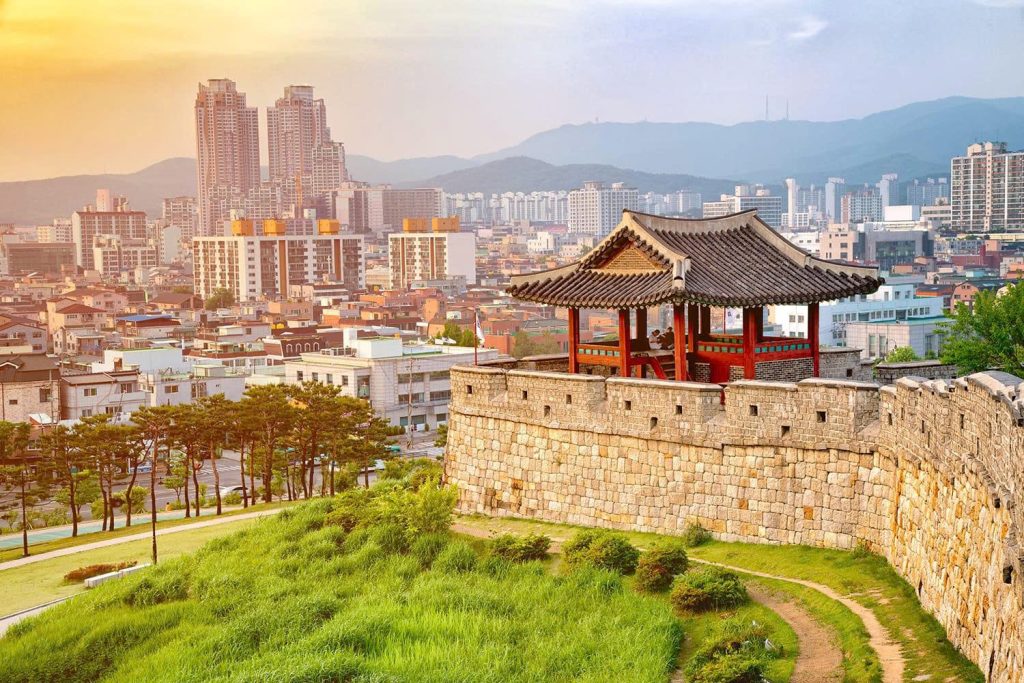
Guide to eSim, SIM Card, and Pocket WiFi: Having instant internet access is not a luxury; it’s a necessity for navigation and translation.
- eSim/SIM Card: Provides a local number and fast data. Look for plans from major carriers like SK Telecom, KT, or LG U+. Booking online and picking up at ICN is the most convenient method.
- Free WiFi: Many public areas, including all subway stations and major attractions, offer free public WiFi networks, though they may require simple registration.
Korean Phrases and Cultural Etiquette
Demonstrating cultural awareness goes a long way in gaining respect.
Essential Phrases:
- Hello/Thank You: Annyeonghaseyo / Gamsahamnida
- Excuse Me/I’m Sorry: Jeogiyo / Joesonghamnida (Use Jeogiyo to politely get a waiter’s attention).
Crucial Cultural Etiquette
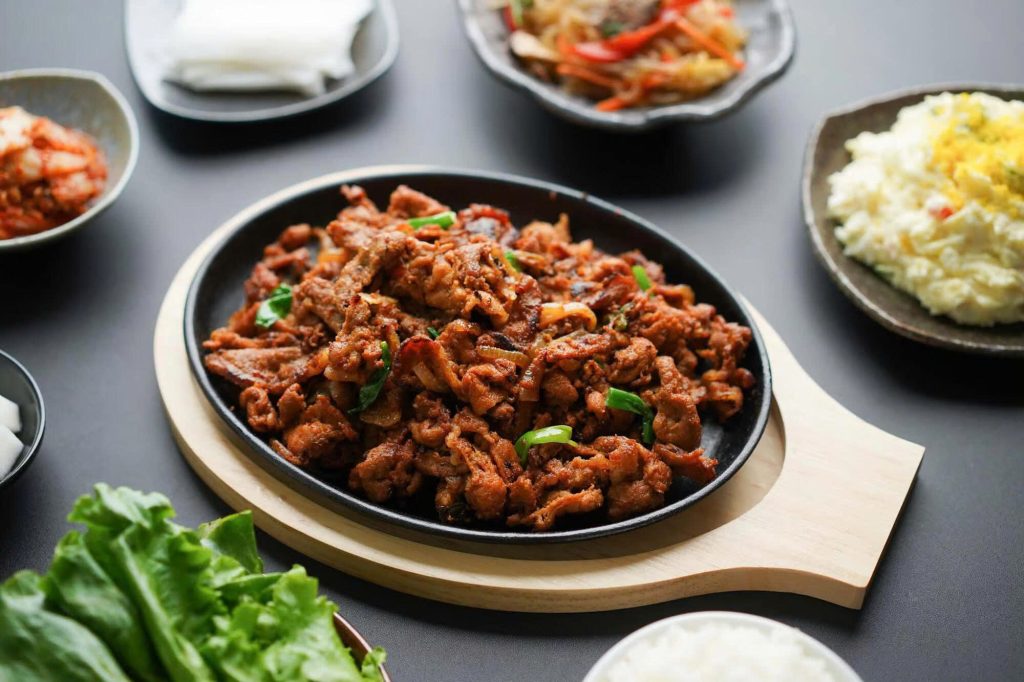
- Hierarchy and Respect: Always use two hands when giving or receiving objects (especially money, gifts, or business cards) to show respect.
- Dining Etiquette: Never pour your own drink (especially alcohol). Wait for a companion to fill your glass. Wait for the eldest person to start eating before you begin.
- Footwear: Always remove your shoes before entering a home, certain traditional restaurants, and temples.
Safety, Tipping, and the 1330 Tourist Hotline
Safety: South Korea is extremely safe. Crime rates are very low, even at night in major cities. You can feel comfortable exploring independently.
Tipping: Tipping is not customary or expected in South Korea—not for waiters, taxi drivers, or hotel staff. Attempting to tip may cause confusion.
The 1330 Tourist Hotline: For any travel questions, emergencies, or translation needs, call 1330. This free, 24/7 tourist hotline is operated by the Korea Tourism Organization (KTO) and offers services in English, Chinese, and Japanese. This is an indispensable resource.
RELATED: Seoul’s Hidden Foodie Gems for Local Eats
You are now equipped with the most up-to-date, essential information for a trip to South Korea in 2025 or 2026. You have secured the necessary K-ETA or C-3-9 Visa, budgeted efficiently in Korean Won, and mastered the local hacks like using Naver Map and the T-Money card.
No longer a vague idea, your trip now has a clear itinerary and defined costs. The Land of the Morning Calm awaits you with its irresistible blend of ancient Joseon dynasty palaces and the thrilling, high-tech pulse of the Gangnam district. Now is the time to turn knowledge into action. Confirm your visa/K-ETA status, book those essential KTX train tickets, and get ready to explore.

